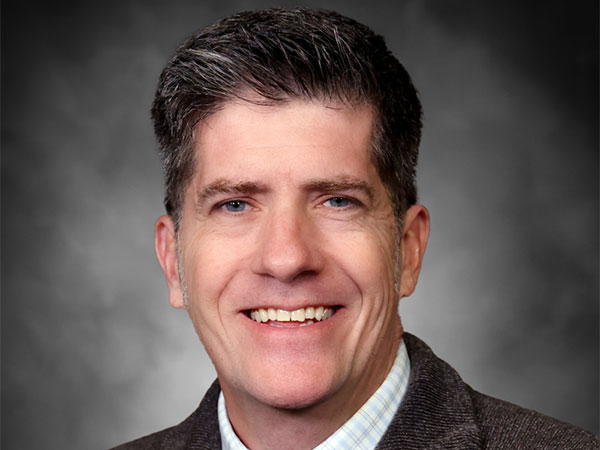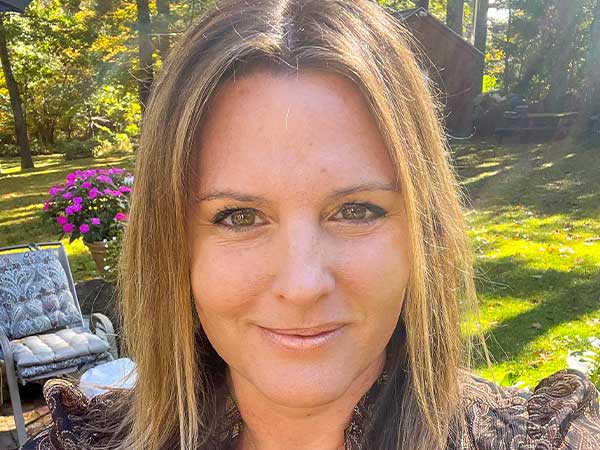 Children and youth with mobility disabilities face a tremendous challenge in preventive health, including a lack of accessible aerobic exercise options. Dr. Byron Lai, assistant professor in the UAB Department of Pediatrics’ Division of Pediatric Rehabilitation Medicine and investigator at Children’s of Alabama, is addressing that challenge head-on through innovative research that merges technology, rehabilitation science and telehealth.
Children and youth with mobility disabilities face a tremendous challenge in preventive health, including a lack of accessible aerobic exercise options. Dr. Byron Lai, assistant professor in the UAB Department of Pediatrics’ Division of Pediatric Rehabilitation Medicine and investigator at Children’s of Alabama, is addressing that challenge head-on through innovative research that merges technology, rehabilitation science and telehealth.
With support from a FY25 pilot grant from CEDHARS, Lai is leading a project titled “Feasibility of Vigorous Extended Reality Exergaming for Cardiometabolic Health in Children with Mobility Disabilities: A Case Series.” The six-week study will explore whether youth with cerebral palsy who are overweight or obese can safely and effectively engage in high-intensity virtual reality exercise and whether doing so can lead to improvements in body composition and cardiometabolic health.
“The real problem for children and youth with mobility disabilities is that they don’t have any aerobic exercise modality that lets them independently improve their body weight or blood-related health,” Lai said. “Conventional aerobic exercises like running or cycling don’t work for many of them, so we’re trying to develop something that’s both effective and engaging.”
Building on a Decade of Innovation
Lai’s lab has pioneered research in extended reality (XR) exergaming – an approach that uses immersive virtual or mixed reality technology to make physical activity more enjoyable and accessible. Previous studies funded by NIH demonstrated that youth with disabilities could safely use VR headsets for home-based exercise and sustain high adherence rates. Those early findings showed improvements in blood-related health markers, though not yet in weight or body composition.
“We’ve shown that virtual reality exercise is safe, feasible and that kids really stick with it,” Lai said. “But what we haven’t yet cracked is how to translate that engagement into measurable cardiometabolic improvements like lower body fat or healthier insulin levels.”
This new pilot aims to take that next step by increasing the intensity and duration of exercise, a hypothesis based on a previous case study in which one participant achieved meaningful weight loss after several weeks of vigorous VR workouts.
Testing the Limits — Safely
The pilot will include four young people with cerebral palsy between the ages of 13 and 24, two who use wheelchairs and two who are ambulatory. Participants will complete up to 240 minutes per week of vigorous-intensity exergaming using a Meta Quest 3 headset and the immersive fitness program “Supernatural.” Safety is a top priority – caregivers will receive CPR and AED certification, and participants will be equipped with heart-rate monitors and a home defibrillator.
Alongside physical outcomes measured through DXA scans, blood-spot testing and aerobic fitness assessments, Lai’s team will also collect qualitative feedback to understand participant experience – including enjoyment, accessibility and motivation.
Laying the Foundation for Future Research
If successful, this study could inform the first evidence-based protocol that can help youth with mobility disabilities manage their body weight. More importantly, it would set the stage for larger-scale trials and future grant applications.
“The goal isn’t just to show that VR exercise works,” Lai said. “It’s to identify the right structure, the right dose, and the right support system so that these kids have a real, sustainable path to better health.”
Lai credits CEDHARS for providing the seed funding to pursue this next stage of research.
“The pilot grant allows us to take what we’ve learned over years of moderate-intensity trials and push it further,” he said. “It’s the bridge between promising feasibility and long-term, scalable impact.”
Ultimately, Lai hopes this line of research will contribute to new and practical, technology-driven options for youth who currently have few opportunities to engage in vigorous physical activity.
“For many of our participants, VR exercise is the first time in their lives they’ve had a way to work out that truly fits their abilities,” he said. “That moment when they realize, ‘I can actually exercise’ is incredibly powerful. That’s what keeps us pushing this research forward.”

